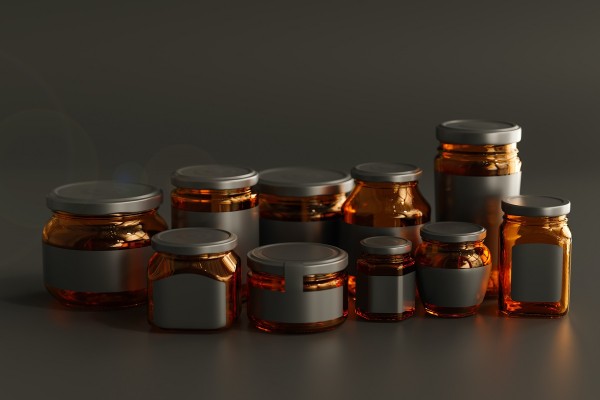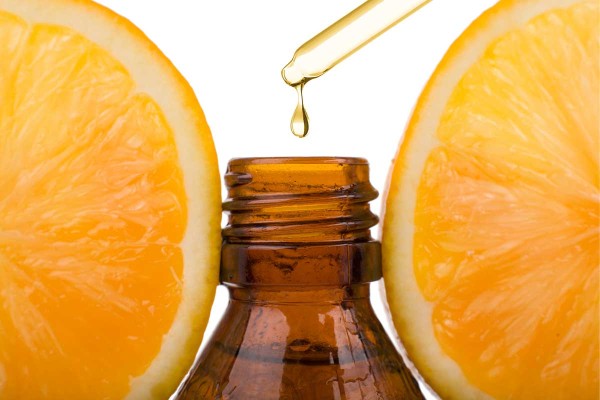All the truth about the Magnum incident
translated by Karen Wang
You might have heard about the “Magnum incident”, a news that spread around last week regarding the double standard used by Unilever in producing the iconic ice-cream Magnum. In fact, it seems that the famous ice-cream produced in China contains different ingredients (supposedly lower quality) compared to the European one.
We will talk about this from the perspective of scientific compliance and more objective third-party view to explain that ice cream is not that simple as you usually think.
In terms of food categories, "ice cream" belongs to the "ice cream and ice milk" under the category of frozen drinks. The "ice cream" products produced and sold in China should comply with the Chinese national standard GB/T 31114-2014 Frozen Drinks – Ice cream. It is worth mentioning that even if such national standard is not a mandatory standard, it is widely implemented in the industry.
What is ice cream?
Ice cream is a kind of frozen drinks with volume expansion made by mixing, sterilization, homogenization, cooling, aging, freezing, hardening and other processes using one or more ingredients including drinking water, milk and/or dairy products, egg products, fruit products, bean products, sugar, edible vegetable oil, etc. as main and minor materials, with or without adding food additive and/or food nutrition fortifiers.

Photo by Najla Cam on Unsplash
As can be seen from the definition, it is clear that both dairy products (source of milk fat) and edible vegetable oil (source of vegetable fat) can be used as main raw materials in ice cream; what matters is that information of raw materials used in the ice cream shall be conveyed to consumers clearly without any misleading. For example, if its main raw material is "vegetable oil" (source of vegetable fat), product type of such ice cream shall be "vegetable fat (non-milk fat) ice cream”, and cannot mislead consumers by labelling as "milk fat ice cream". If the product label has indicated its raw material clearly and correctly, there will not be any misleading issues.
"Milkfat ice cream" VS "vegetable fat (non-milk fat) ice cream" according to GB/T 31114

The key word in above definition is Milk Fat, which refers to the fat derived from milk, and it is also the key in the classification of ice cream. In addition, any ice cream product that meets the definition of certain ice cream product type in above classification can be classified into that ice cream product type. Ice cream products produced and sold in China shall be classified into a certain ice cream product type according to its ingredients and process and the definition of classification in the national standard. Ice cream product type shall be listed clearly and correctly on the labelling of the ice cream product.

Picture source: Magnum Tmall flagship store & Tmall
Magnum Chocolate Ice Cream
Product Type: Assembled vegetable fat (non-milk fat) ice cream.
Product Standard: GB/T 31144
Ingredients: Mini Magnum vanilla flavor ice cream: drinking water, chocolate (30%) (white granulated sugar, cocoa butter, cocoa mass, milk powder, anhydrous milk fat, phospholipid, edible flavouring), white granulated sugar, vegetable oil, milk powder (3.7%), maltodextrin, whey powder, food additives (mono- and diglycerides of fatty acids, carob bean gum, guar gum, carrageenan, β- Carotene, edible flavouring).
As the ingredients stated above fully complied with the definition of “assembled vegetable fat (non-milk fat) ice cream” stipulated in GB/T 31114, the classification of this product is correct.
One hot point in the argument is that the "vegetable fat (non-milk fat) ice cream" uses “creamer” as raw material which contains trans fatty acids and is not good for health. In fact, this opinion completely confuses “vegetable fat” with “creamer”.

Picture source: Magnum Tmall
Creamer usually follows the Industry Standard QB/T 4791-Creamer, the definition of "creamer" in this standard is: creamer is a kind of powder or granular product obtained by spray drying and other processing technology using sugar (including sugar and starch sugar) and/or syrup, edible oils and fats as main raw materials, with or without adding of milk or dairy products and other raw materials, food additives. Creamer is used for beverage whitening, taste improving and so on.
It should be noted that "creamer" is completely different from "vegetable oil". Vegetable oil shall comply with GB 2716 National Food Safety Standard - Vegetable Oil (mandatory standard). Edible vegetable oil is edible oil made from edible vegetable oil materials or vegetable crude oil.
Therefore, we can't take it for granted that "vegetable fat (non-milk fat) ice cream" is the ice cream added with "creamer" just because the Chinese characters of “vegetable fat” and “creamer” are similar. As matter of fact, the "non-milk fat" here refers to fat derived from sources other than dairy products: fat sources other than dairy products usually refer to vegetable oil.

Photo by Lukas from Pexels
Ice Cream in EU
In the product definition of Code for Edible Ices issued by the European Ice Cream Association, “ice cream” and “dairy ice cream” are the ones related to "ice cream". The biggest difference between them is that dairy ice cream has a minimum content requirement for dairy fat, ice cream has only fat content requirement which can be dairy fat and/or non-dairy fat. Thus, "Ice cream" is divided into "milk fat ice cream" and "non-milk fat ice cream" in EU as well (of course, there are other more detailed requirements).
How should consumers choose ice cream?
We can't simply draw a conclusion on which is better, "milk fat ice cream" or "non-milk fat ice cream". Raw material is not the only criterion to determine food quality. Except for raw materials, many factors, such as food processing technology, flavor and taste, applicable people, etc. shall be taken into consideration. Moreover, consumer experience is also an important factor, especially for ice cream, a product with demanding taste requirements. Actually, it is up to the consumers to choose their favorites.

Photo by shche_ team on Unsplash
Compliance reminder
If the composition used and production process of an ice cream product follow the relevant regulations and its labelling and advertisement clearly indicate its composition and classification and do not mislead consumers, such ice cream product is in compliance. As for the "trans fatty acids" issue, it is suggested to check the nutritional information in the ice cream labeling. If the value of trans fatty acids in the food product shall be listed in its nutritional labelling according to relevant China regulation but the producer fails to do so, such violation of regulation will be penalized by the competent government authorities.
As usual, we always welcome any corrections and suggestions! Thanks for reading!


